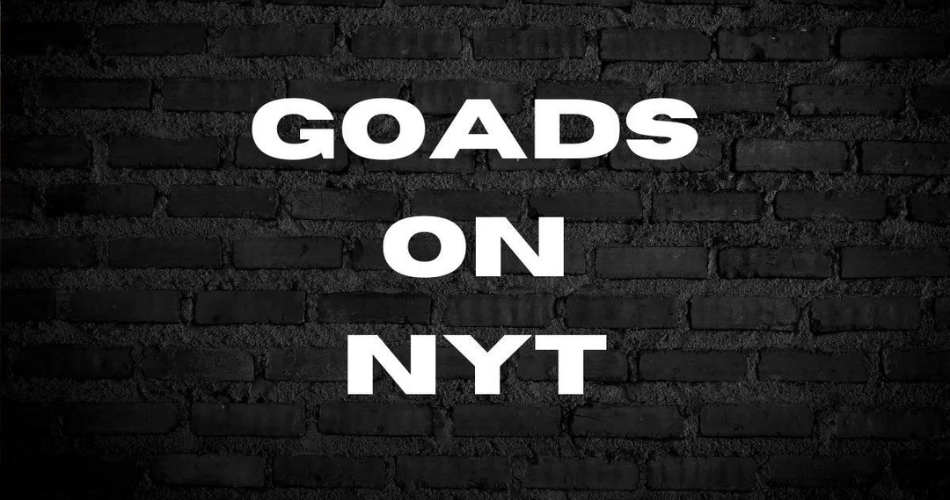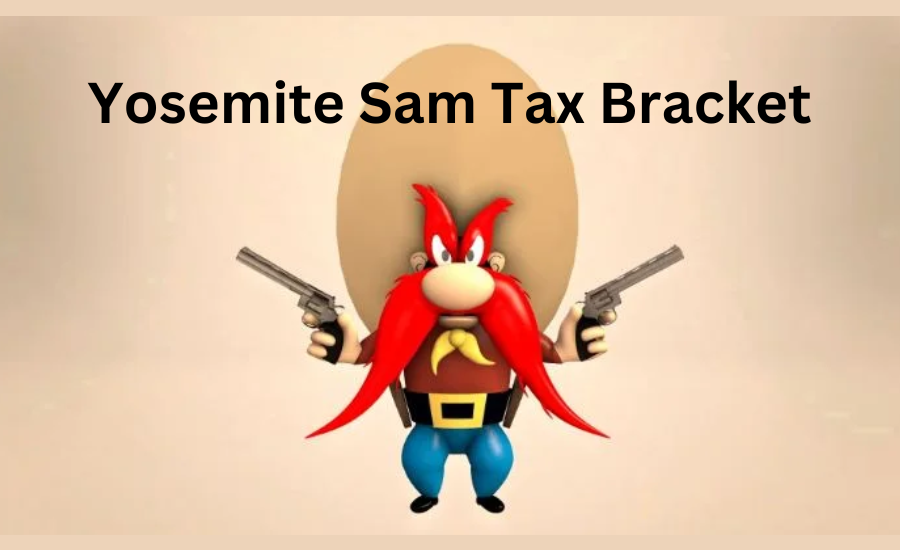Crossword puzzles have fascinated and tested the intellect of enthusiasts worldwide for decades. Among these, The New York Times (NYT) crossword puzzle is widely regarded as one of the most esteemed and challenging. Renowned for its witty clues and a spectrum of difficulty levels, it provides a stimulating experience for both beginners and experts alike.
Within the NYT crossword, certain clues stand out for their complexity, often leaving even seasoned solvers stumped—these are known as “goad” clues. These clues are notorious for their intricate wordplay and multi-layered meanings, presenting a significant challenge to unravel. In this article, we explore the nature of goad clues in the NYT crosswords and offer strategies and insights to help you decode them with confidence.
Understanding the Concept of Goads in NYT Crosswords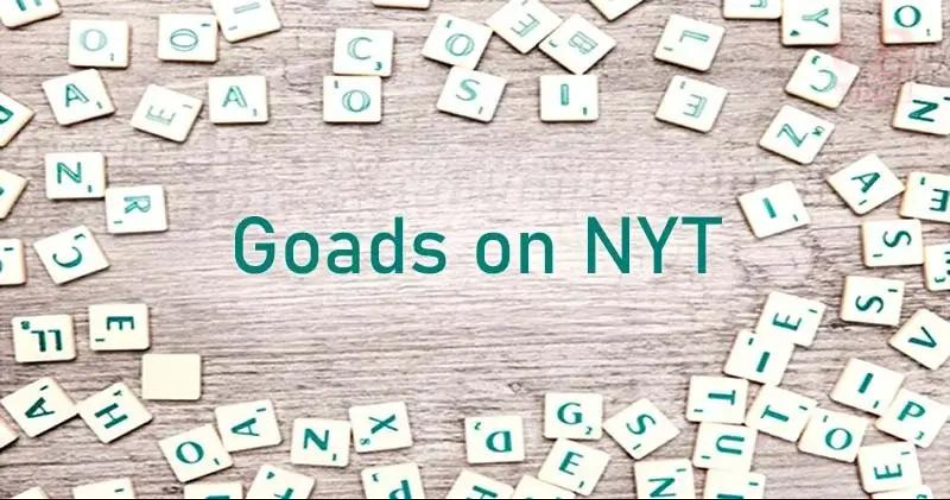
In The New York Times crossword puzzles, “goads” are clues crafted to provoke, challenge, and often lead solvers to think in unconventional ways. These clues demand a sophisticated grasp of language, clever wordplay, and a knowledge of cultural references, making them among the most complex and gratifying puzzles to tackle. The NYT crossword is renowned for its editorial rigor and ingenuity, using these goads to captivate solvers and encourage them to explore beyond straightforward answers, thereby embracing the nuanced intricacies of language.
Types of Crossword Clues
Crossword clues come in a variety of styles, each requiring a different approach from the solver. Basic definitions provide straightforward hints that lead directly to the answer. In contrast, more complex clues involve wordplay, such as anagrams where letters are rearranged, homophones where words sound alike, and charades where clues are broken down into parts. The New York Times crosswords often feature cryptic clues, which involve intricate wordplay and layered meanings. One particularly challenging type is the goad, which demands creative and lateral thinking to solve.
Difficulty Levels in NYT Crosswords
The difficulty of The New York Times crosswords increases as the week progresses. The puzzles on Monday are designed to be the easiest, catering to novice solvers. As the week moves on, the puzzles become progressively harder, with Saturday’s puzzle being the most challenging. Sunday puzzles, while larger in format, generally offer a moderate level of difficulty, providing a substantial challenge without the extreme complexity of the Saturday puzzle. Goads, a tricky type of clue, can appear throughout the week but are more frequently encountered in the more difficult puzzles later in the week.
The History of Goads on NYT Crosswords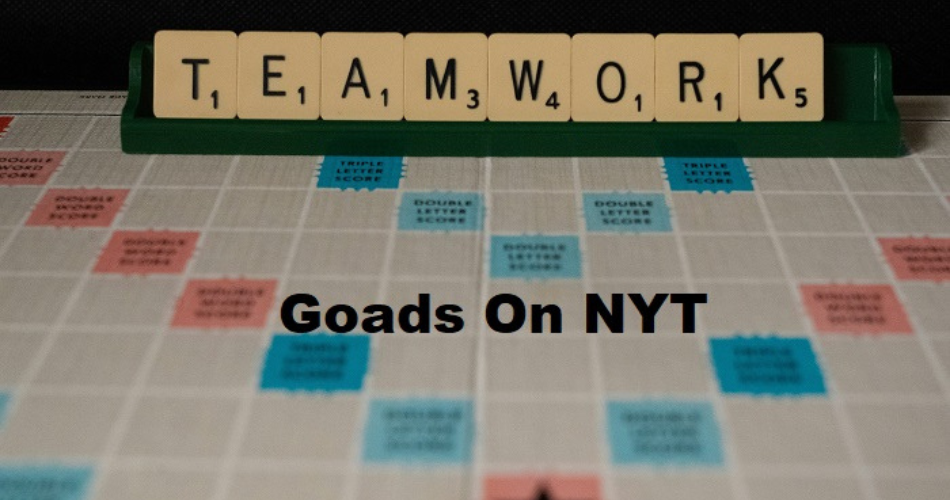
The use of goads in The New York Times crosswords dates back to the origins of the puzzle itself. Since its inception in 1851, The New York Times has been known for its rigorous standards and editorial integrity. Throughout its history, the crossword has faced various influences and pressures, ranging from political to corporate. The inclusion of challenging clues like goads reflects the crossword’s evolution and the ongoing effort to engage and challenge its solvers. As the puzzle has grown in popularity, so too has the complexity of its clues, including the increasingly sophisticated goads on nyt that test the limits of crossword enthusiasts.
Political Influences
Political pressures are a major factor in influencing The New York Times’ reporting. Politicians and government officials frequently attempt to shape the newspaper’s coverage to either enhance their image or undermine their adversaries. A notable example of this occurred during the Watergate scandal. Despite facing significant pressure to abandon the story, The New York Times maintained its commitment to journalistic principles. This dedication to uncovering the truth played a crucial role in exposing the scandal and ultimately led to the resignation of President Nixon.
Corporate Pressures
Another significant area of influence involves major corporations. These entities often seek to affect The New York Times’ reporting to safeguard their interests. Strategies can include leveraging advertising revenue to sway coverage or engaging in sponsored content to influence public perception. The New York Times has consistently defended its editorial independence, striving to resist such pressures even when faced with substantial financial challenges. This dedication to integrity is also reflected in the editorial choices of the crossword puzzle, which may subtly prompt solvers to consider the impact of corporate and political influences.
Competitive and Public Scrutiny
The role of rival media outlets and public opinion is also important. Competitors may attempt to discredit The New York Times by questioning its journalistic standards or editorial judgments. Negative public campaigns can erode trust and readership. To counter these challenges, The New York Times upholds a policy of transparency and accountability, emphasizing its commitment to accurate and reliable reporting. This commitment is mirrored in the crossword puzzles, which often encourage solvers to critically evaluate their own assumptions and challenge prevailing narratives.
The Goads on NYT Crosswords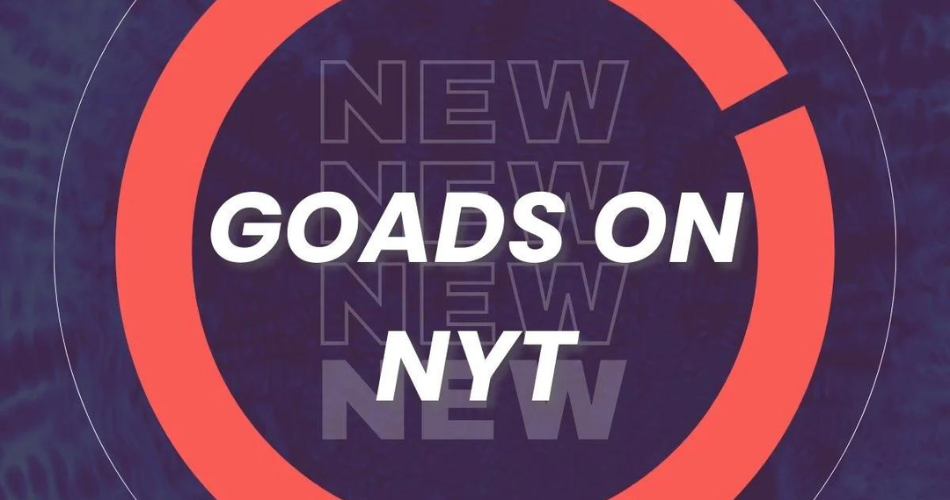
Definition and Examples
In the realm of crossword puzzles, the term “goads” refers to clues that challenge and engage the solver through creative wordplay and occasionally deceptive hints. For instance, a clue such as “It might be a mouthful (4)” could initially mislead you to think of something edible. However, the answer might be “mint,” which plays on the dual meanings of “pop.” Such clues are crafted to stimulate thought and encourage solvers to explore various interpretations of words.
Why They Are Challenging
Goads on nyt present a challenge because they push solvers to think beyond straightforward solutions and consider different meanings or uses of words. They often incorporate puns, homophones, and other linguistic tricks that can easily lead one astray if not approached with care. The key to mastering these clues lies in maintaining a flexible mindset and being willing to reinterpret clues. Recognizing and understanding the subtleties of goads can turn a seemingly difficult puzzle into an enjoyable and intellectually stimulating experience.
Strategies for Solving Goads
Analyzing the Structure of Clues
To effectively solve crossword puzzles, a strategic approach to analyzing clues is essential. Begin by examining the structure of each clue meticulously. Notice the number of words, the use of punctuation, and any potential for double meanings or wordplay. Dissect the clue into its individual components and evaluate each word separately. This methodical analysis will enable you to decipher the clue more clearly and avoid common pitfalls, leading you to the correct solution.
Leveraging Cross-References
Cross-references within a crossword puzzle can be invaluable when solving challenging clues. By completing intersecting answers, you can uncover letters that may provide crucial hints. Utilize these cross-references to refine your guesses and enhance your understanding of the clue. This technique is particularly effective when dealing with clues that incorporate puns or complex wordplay, as it helps to narrow down potential answers and guide your problem-solving process.
Common Themes in Goads On Nyt
Puns and Wordplay:
Goads on nyt are renowned for their clever use of puns and wordplay. For instance, a clue like “A bank might hold it” can be interpreted in various ways, such as “cash” or “river,” depending on the context of the puzzle. Success in solving goads often hinges on recognizing these linguistic nuances. Puns challenge solvers to think creatively and make connections between seemingly unrelated concepts, which requires lateral thinking and a keen eye for detail.
Historical and Cultural Context:
A significant number of goads incorporate historical or cultural references that may not be immediately apparent. To enhance your ability to solve these puzzles, it’s beneficial to be familiar with recurring themes in crosswords, such as classical literature, film, and historical events. Broadening your knowledge base in these areas can provide a crucial advantage. Being well-read and culturally informed can significantly improve your puzzle-solving skills by helping you decode references that might otherwise be obscure.
Tools and Resources for Solving Crosswords
Online Crossword Solvers
Several online platforms can be helpful when you’re facing a challenging crossword puzzle. Tools such as OneAcross and Crossword Solver are popular choices for those times when you’re feeling stuck. However, it’s advisable to use these tools in moderation. Over-reliance on online solvers can diminish the sense of accomplishment that comes from solving puzzles on your own. Developing your problem-solving skills independently often leads to greater satisfaction and improvement.
Crossword Dictionaries and Reference Books
Utilizing crossword dictionaries and reference books can significantly enhance your puzzle-solving abilities. These resources provide comprehensive lists of frequently used crossword entries, abbreviations, and other useful terms. By familiarizing yourself with these materials, you can expand your vocabulary and improve your technique. Investing time in studying these resources can make a noticeable difference when facing particularly tricky puzzles.
Improving Your Crossword Skills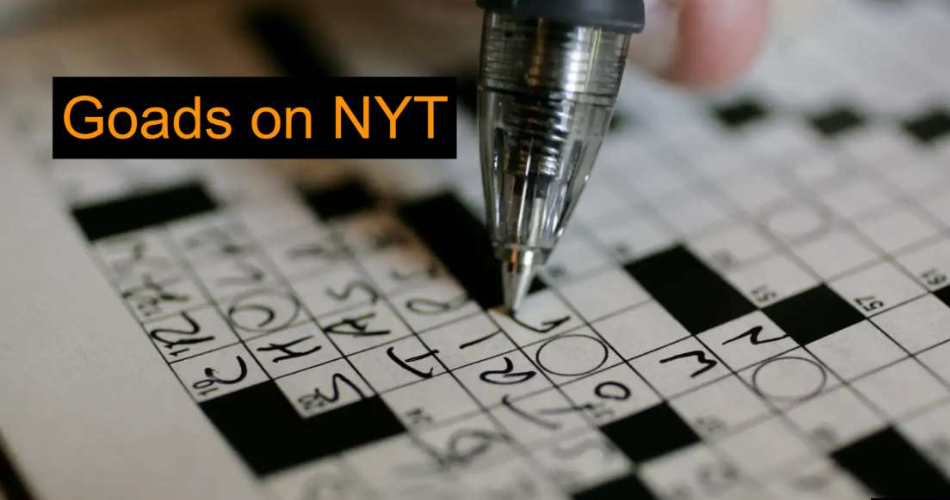
Regular Practice: The Key to Mastering Crosswords
Improving your crossword-solving skills hinges on consistent practice. To build proficiency, make solving puzzles a daily routine. Start with simpler puzzles to get a feel for common patterns and gradually challenge yourself with more complex ones. This steady approach helps you become acquainted with the typical clues used in NYT crosswords and develop effective solving strategies over time.
Familiarize Yourself with Common Crossword Terms
Crosswords often feature recurring words and phrases. Learning these frequently used terms can streamline your solving process. Pay special attention to words with unique letter combinations and those often featured in wordplay, as they are particularly useful in solving puzzles efficiently.
Strategies from Seasoned Crossword Solvers
Experienced solvers have a few tricks up their sleeves: vocalize the clues to gain a fresh perspective, consider the puzzle’s overarching theme, and don’t hesitate to input provisional answers to test their validity. These techniques can help you navigate through challenging clues and uncover the correct answers.
Avoiding Common Pitfalls
One common error is rushing to conclusions too quickly. It’s essential to thoroughly consider each clue and explore various interpretations. Be patient, and adapt your initial guesses as new clues become clear, allowing for more accurate solutions.
Engaging with the NYT Crossword Community
Engaging with Crossword Communities
Joining crossword communities can greatly enhance your solving experience and skills. Forums such as the Rex Parker Blog and Crossword Fiend offer valuable discussions, strategies, and a space to seek advice on challenging clues. Becoming an active member of these communities not only deepens your understanding of crosswords but also enriches your enjoyment of the puzzle-solving process.
Participating in Crossword Competitions
Taking part in crossword competitions is a stimulating and enjoyable way to boost your solving skills. These events often gather top solvers, presenting a unique opportunity to learn from their expertise. Competing in these contests sharpens your abilities and provides fresh perspectives on puzzle-solving techniques, making it a valuable experience for any crossword enthusiast.
Conclusion: Navigating the Complex Landscape of Media Influence and Goads on Nyt
Engaging with goads in The New York Times crossword puzzles offers a unique opportunity to refine your cognitive abilities and problem-solving skills. These puzzles present a range of clue types that challenge your thinking and enhance mental acuity. To excel at deciphering these goads, consistent practice, a strategic approach, and an understanding of various clue formats are essential.
The concept of goads on nyttranscends the realm of crosswords, reflecting broader themes of media influence and integrity. Historically, The New York Times has navigated various external pressures—from political to corporate—demonstrating a steadfast commitment to editorial independence and ethical journalism. This dedication to unbiased reporting parallels the intellectual rigor required to tackle crossword goads, highlighting the importance of critical thinking and perseverance in both domains.
Just as solving crossword goads demands a blend of persistence and ingenuity, understanding media dynamics requires a similar approach to evaluating information critically. The New York Times, renowned for its editorial excellence, embodies these principles in its puzzles, fostering a culture of deep analysis and informed discourse. Whether you are an experienced crossword enthusiast or a novice, embracing the challenge of goads will not only improve your puzzle-solving skills but also deepen your appreciation for the intricate interplay between language and media integrity.
Stay in the know with the latest news and updates on Englandbuzz.com
